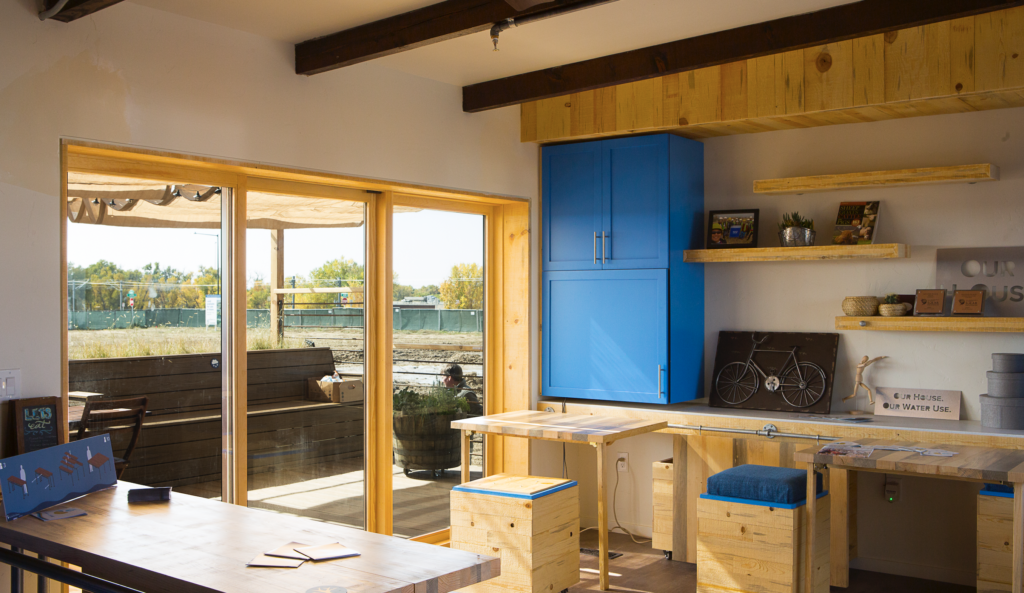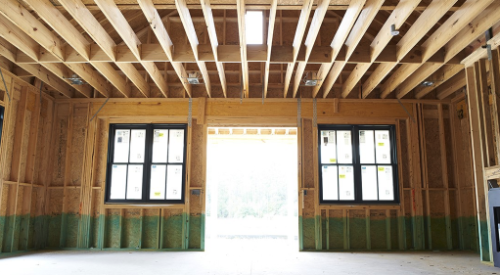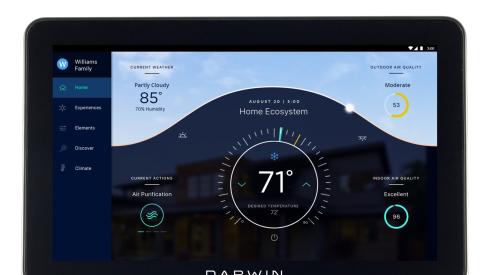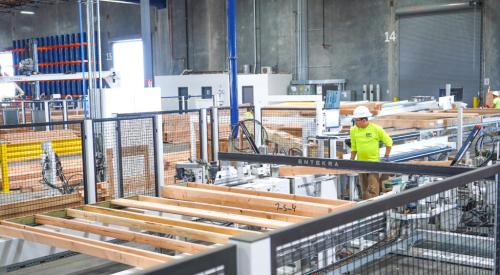You’ve likely heard of Building Information Modeling (BIM) technology, but are you aware of the competitive advantages it offers? From cutting costs to improving recruitment to speeding construction, BIM is worth the money and time spent — even for smaller firms.
BIM is a design and construction approach based on a digital model of the home. It includes a database of information that ranges from costs to engineering specs to schedules.
Much of that data is provided by BIM files that product manufacturers make available. A window or door file will include dimensions, U-value, solar heat gain coefficient, impact resistance and performance grade, for example. “The file consolidates information that used to be spread around multiple documents,” says Jennifer Pope, JELD-WEN's BIM manager. “It's a one-stop shop for that information.”

In this system, the construction documents become an electronic interface. Clicking on a window will bring up its specs, and adjusting its size will automatically update the framing plan and the lumber order.
RELATED: MultiGreen’s Data-Driven Approach To Residential Development
BIM Brings Big Changes
These capabilities are changing the way builders of all sizes manage their businesses. Clark Ellis of Continuum Advisory Group and Scott Reichensburger of MiTek detailed these changes in a talk to builders and designers at the Housing Innovation Alliance Summit in Phoenix in 2019.
They pointed out that because BIM creates a 3D model of the home, it's a lot simpler to create virtual walkthroughs for use in the sales center.
The framing can also be rendered in 3D and various elements color-coded, so the designer can easily see that a duct will run into a large beam and then fix the problem before work starts. This reduces variances. “[With 2D blueprints] you depend on workers to fix problems in the field,” says Reichensburger, “and those problems will likely be solved differently on each lot.” That can have unpredictable effects on budget and schedule.

BIM also gives architecture firms, as well as builders with internal architecture departments, a recruiting edge. “Young architecture graduates don't want to work in 2D,” says Ellis. “They see that as career suicide.” The same goes for recruiting young people to estimating, construction management, and sales jobs, all of which BIM touches.
Getting There With BIM Technology
Of course, nothing good comes easily, and that's certainly true here. “It's important to understand that BIM is not just technology,” says Ellis. “It's a new way of doing business enabled by technology.”
The model-based approach will impact every task and information flow in the company. The specific changes will differ from company to company and priorities will likely shift over time. Staying on track will demand that people from different departments regularly gather to work out these issues.
When it comes to BIM, fortune favors the agile.
It also favors the determined. Even a small builder can spend a couple of years fully implementing BIM. Those who stay the course credit their success to commitment from company leadership and clarity on why they are doing this work.
“This is not for the faint of heart,” says Billings, Mont., builder Brad McCall. “If you don't want a challenge, BIM won't be for you. You need to know what you want, and someone has to take the lead.”

McCall's company, which builds about 90 homes per year, stretched implementation over a few years, making it part of a continual improvement plan that included lean construction and a move from stick framing to wall panels. BIM was a major enabler of those efforts, with the first benefits including better estimates and reduced waste.
Other builders tell similar stories. Logan Homes, which builds 250 homes per year in the Wilmington, N.C., area, spent two years switching to BIM. “It affected every department and took a lot of work to get everyone on board,” says company president D Logan. The results were worth it, with the reduction in variances alone quickly recouping the cost.
More importantly, switching to BIM helped to differentiate Logan Homes from its competitors. “If you want to set yourself apart you need to do things other people aren't willing to do,” says Logan. “Otherwise you're like every other builder on the block. Do we really need more of those?”
For assistance with your projects, visit JELD-WEN’s professional portal.















